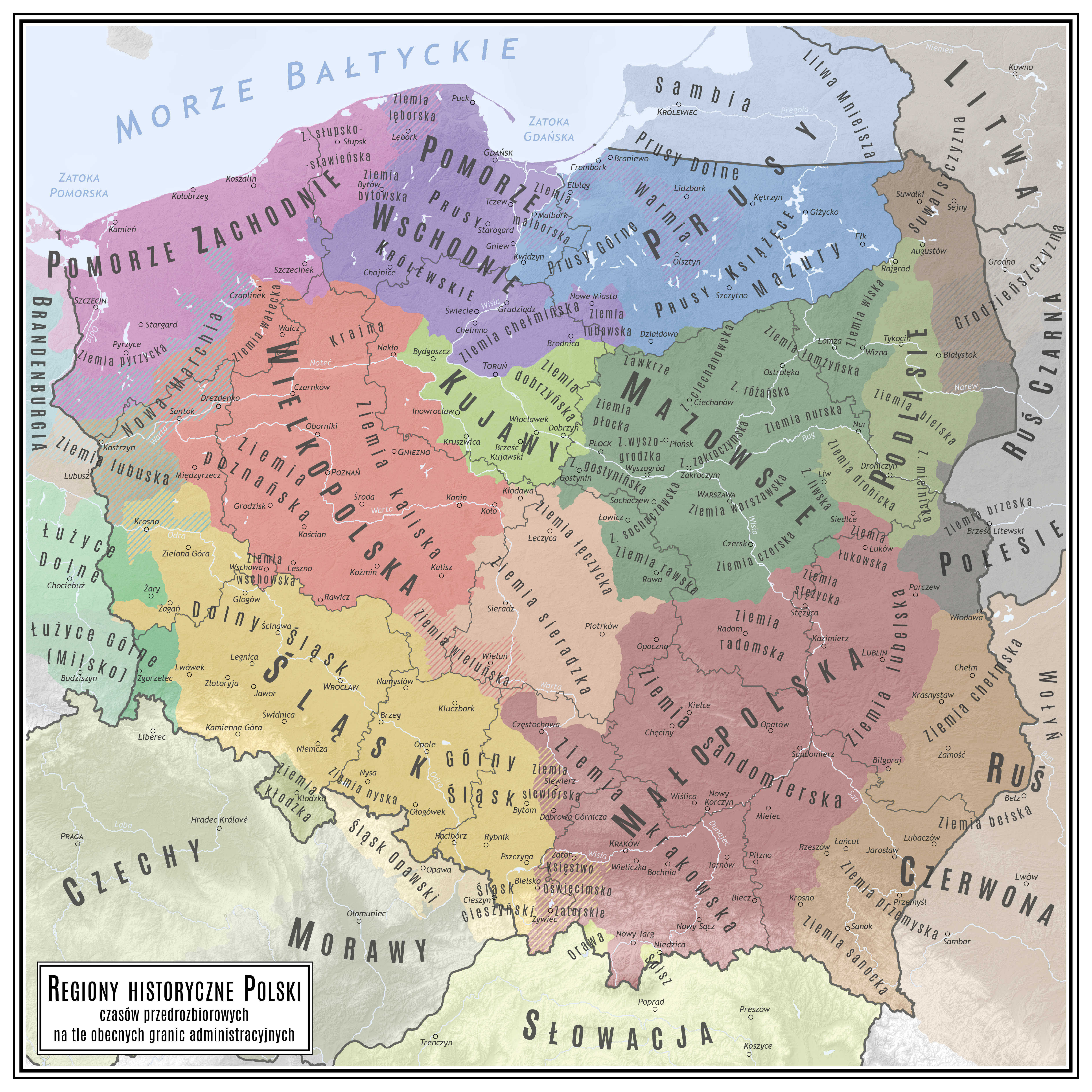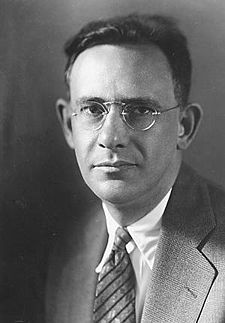|
Lower Pomerania
Farther Pomerania, Hinder Pomerania, Rear Pomerania or Eastern Pomerania (; ), is a subregion of the historic region of Pomerania in north-western Poland, mostly within the West Pomeranian Voivodeship, while its easternmost parts are within the Pomeranian Voivodeship. It is the part of Pomerania which comprised the eastern part of the Duchy and later Province of Pomerania. It stretched roughly from the Oder River in the West to Pomerelia in the East. The Polish term ''Pomorze Zachodnie'' ("Western Pomerania") is colloquially used in contemporary Poland as a synonym for the West Pomeranian Voivodship whose borders do not match the historical ones; in Polish historical usage, it applied to all areas west of Pomerelia (i.e. to the entire narrow Pomerania). Farther Pomerania emerged as a subdivision of the Duchy of Pomerania in the partition of 1532, then known as ''Pomerania-Stettin'' (Szczecin) and already including the historical regions Principality of Cammin (Kamień), County ... [...More Info...] [...Related Items...] OR: [Wikipedia] [Google] [Baidu] |
Polish Historical Regions
Polish historic regions are regions that were related to a Territorial evolution of Poland, former Polish state, or are within present-day Poland, with or without being identified in its administrative divisions. There are several historic and cultural regions in Poland that are called ethnography, ethnographic regions. Their exact borders cannot be drawn, as the regions are not official political or administrative units. They are delimited by culture, such as country traditions, traditional lifestyle, songs, tales, etc. To some extent, the regions correspond to the zones of Polish language, Polish language dialects. The correspondence, however, is by no means strict. Historical regions within the current Polish state The following historical regions, historic regions within Poland's modern borders belonged to the Polish state during most of its existence, inhabited by a majority or a sizeable Polish- or Cashubian-speaking population, thus forming the core Polish territory: *G ... [...More Info...] [...Related Items...] OR: [Wikipedia] [Google] [Baidu] |
West Pomeranian Voivodeship
West Pomeranian Voivodeship is a Voivodeships of Poland, voivodeship (province) in northwestern Poland. Its capital and largest city is Szczecin. Its area equals , and in 2021, it was inhabited by 1,682,003 people. It was established on 1 January 1999, out of the former Szczecin Voivodeship (1975–1998), Szczecin and Koszalin Voivodeship (1975–1998), Koszalin Voivodeships and parts of Gorzów Voivodeship, Gorzów, Piła Voivodeship, Piła and Słupsk Voivodeships, pursuant to the Polish local government reforms adopted in 1998. It borders on Pomeranian Voivodeship to the east, Greater Poland Voivodeship to the southeast, Lubusz Voivodeship to the south, the Germany, German States of Germany, federal-states of Mecklenburg-Vorpommern, Mecklenburg-West Pomerania and Brandenburg to the west, and the Baltic Sea to the north.Ustawa z dnia 24 lipca 1998 r. o wprowadzeniu zasadniczego trójstopniowego podziału terytorialnego państwa (Dz.U. z 1998 r. nr 96, poz. 603). Geography and ... [...More Info...] [...Related Items...] OR: [Wikipedia] [Google] [Baidu] |
Treaty Of Stettin (1653)
The Treaty of Stettin () of 4 May 1653Heitz (1995), p.232 settled a dispute between Brandenburg and Sweden, who both claimed succession in the Duchy of Pomerania after the extinction of the local House of Pomerania during the Thirty Years' War. Brandenburg's claims were based on the Treaty of Grimnitz (1529), while Sweden's claims were based on the Treaty of Stettin (1630). The parties had agreed on a partition of the Swedish-held duchy in the Peace of Westphalia (1648), and with the Treaty of Stettin determined the actual border between the partitions. Western Pomerania became Swedish Pomerania, Farther Pomerania became Brandenburgian Pomerania. Background During the war, Sweden had occupied the Duchy of Pomerania in 1630. The last Griffin duke Bogislaw XIV died in 1637, his duchy was supposed to be inherited by Brandenburg, who based her claims on in the Treaty of Grimnitz.Croxton (2002), p.30 This however was hindered by the Swedish presence. The 1648 Peace of W ... [...More Info...] [...Related Items...] OR: [Wikipedia] [Google] [Baidu] |
Lębork And Bytów
Lębork (; ; ) is a town on the Łeba River, Łeba and Okalica rivers in the Gdańsk Pomerania region in northern Poland. It is the capital of Lębork County in Pomeranian Voivodeship. Its population is 37,000. History Middle Ages The region formed part of Poland since the establishment of the country in the 10th century. The town was founded on the site of a previous Slavic settlement, dating back to the 10th century. Its name was Germanised to ''Lewin'' and then ''Lewinburg'' by the Teutonic Knights, after annexation from Poland in 1310. In 1341 Dietrich von Altenburg, Grand Master of the Teutonic Knights, granted 100 ''Hufen'' (similar to Hide (unit), hides) to Rutcher von Emmerich for the foundation of a town named ''Lewinburg'' (Lauenburg) with Kulm rights,Schmidt, 229 presumably to secure the territory around Słupsk, Stolp (Słupsk). East of the original city the Teutonic Order completed the ''Ordensburg'' castle in 1363. The castle was partly razed after the 1410 Battle o ... [...More Info...] [...Related Items...] OR: [Wikipedia] [Google] [Baidu] |

